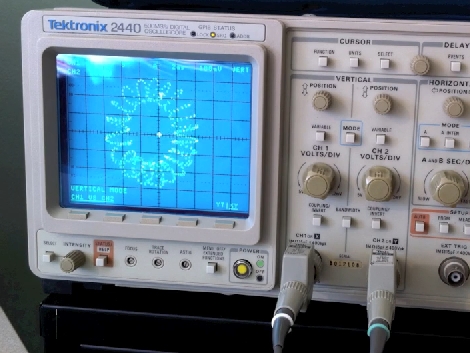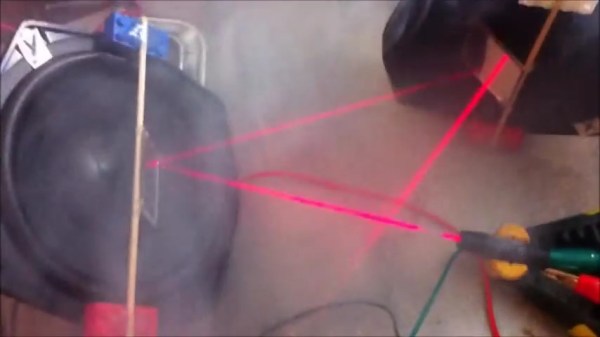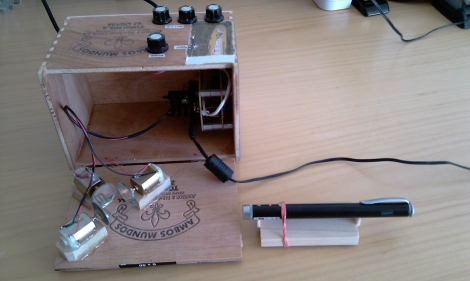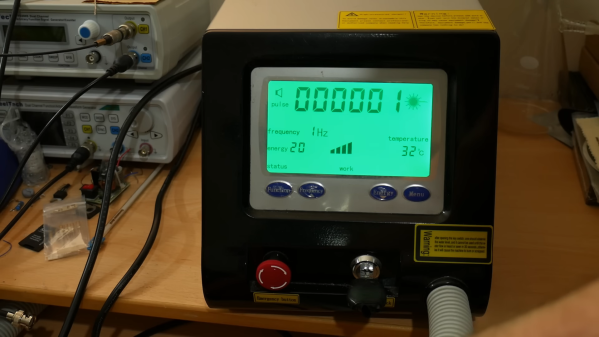Our newest Hot List is Human Interfaces. This is anything you’ve designed into your project to interact with people. And we want to see it all! Do you have something bristling with buttons, boasting many LCD screens, hosting controls organized with the principles of Feng Shui, or intuitively voice activated? Show us the user interface you’re proud of and you could win one of thirty $100 gift cards for Ponoko laser cutting service.
We’re in the thick of judging the Wheels, Wings, and Propellers hot list from this week. We’ll be announcing the rankings in the coming days, but for now you need to get your project onto the Your Human Interface hot list. Here’s what you need to do before Thursday, 7/16/15:
- Officially enter your project in the 2015 Hackaday Prize
- Go to this discussion and leave a comment requesting that your project to be added to the list
Good luck, and per usually we’d like to encourage you to Vote this week. It’s a great way to explore the entries in this year’s 2015 Hackaday Prize, and you just might win $1000 from the Hackaday Store just for voting!























